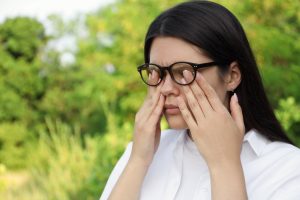 Itchy, watery, red eyes can make anyone miserable. But are your symptoms from dry eye or allergies? While the two conditions often feel similar, they have very different causes and treatments. Knowing the difference can help you get the right relief.
Itchy, watery, red eyes can make anyone miserable. But are your symptoms from dry eye or allergies? While the two conditions often feel similar, they have very different causes and treatments. Knowing the difference can help you get the right relief.
What Is Dry Eye?
Dry eye happens when your eyes don’t produce enough tears, or when the tears evaporate too quickly. Healthy tears keep the surface of the eye smooth, nourished, and protected. When this system doesn’t work properly, you may notice:
- Burning or stinging sensation
- Grittiness (like sand in the eye)
- Blurred vision that clears with blinking
- Redness
- Discomfort that worsens later in the day or after screen time
- Dry eye is often related to aging, contact lens use, certain medications, medical conditions, or spending lots of time staring at digital screens.
What Are Eye Allergies?
Eye allergies—also called allergic conjunctivitis—occur when your eyes react to allergens like pollen, dust, pet dander, or mold. Your immune system triggers a histamine response, leading to inflammation and classic allergy symptoms such as:
- Itching eyes (the hallmark sign)
- Red, watery eyes
- Many times there is also nasal congestion and sneezing
- Swelling around the eyelids
- Stringy, clear discharge
- Symptoms that flare up seasonally (like during spring or fall) or in specific environments
- Unlike dry eye, allergies are immune-driven and often come with other allergy symptoms like sneezing or a runny nose.
Key Differences Between Dry Eye and Allergies
| Symptom/Feature | Dry Eye | Allergies |
| Main Sensation | Burning, stinging, gritty | Itching |
| Tear Quality | Too few or poor-quality tears | Excess watery tears |
| Discharge | Usually minimal, stringy mucus | Clear, watery, or stringy discharge |
| Timing | Worse at end of day, with screen use | Flare-ups tied to allergen exposure |
| Other Symptoms | Blurred vision, eye fatigue | Sneezing, nasal congestion |
| Relief From | Artificial tears, lifestyle changes | Antihistamines, avoiding allergens |
Can You Have Both?
Yes—some people experience both dry eye and allergies at the same time. For example, if your eyes are already dry, allergens may irritate them more. And some allergy medications (like oral antihistamines) can actually make dry eye worse by reducing tear production.
When to See an Eye Doctor
If you’re unsure whether your symptoms are from dry eye, allergies, or both, it’s best to consult an eye care professional. They can perform tests to measure tear production, check for inflammation, and help you find the right treatment plan.
Bottom Line
Both dry eye and allergies can make your eyes feel irritated, red, and watery—but the root causes are very different. Pay attention to whether you experience burning and dryness (more likely dry eye) or itching and watery discharge (more likely allergies). Correctly identifying the problem is the first step toward lasting relief.




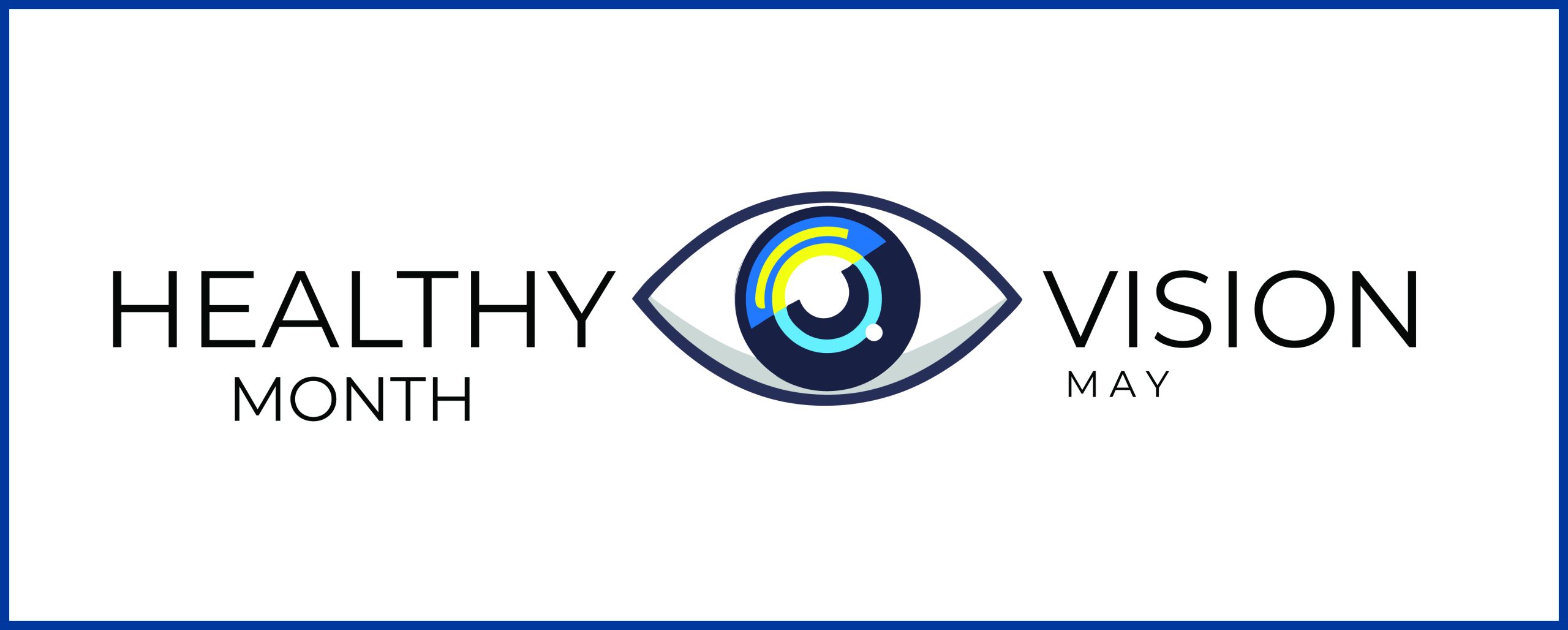
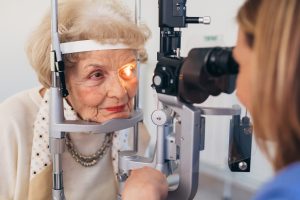 Here are a few ways you can help protect your vision
Here are a few ways you can help protect your vision
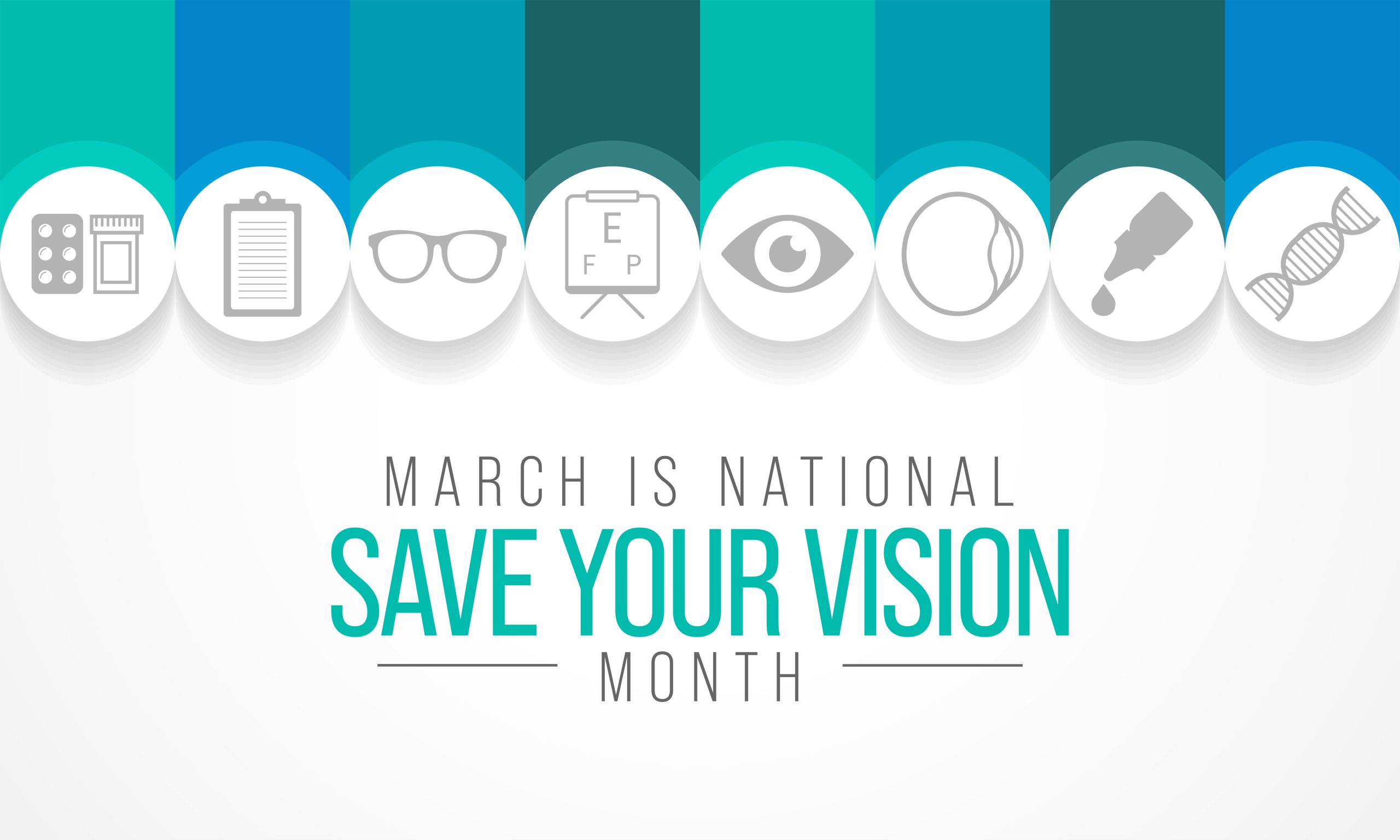
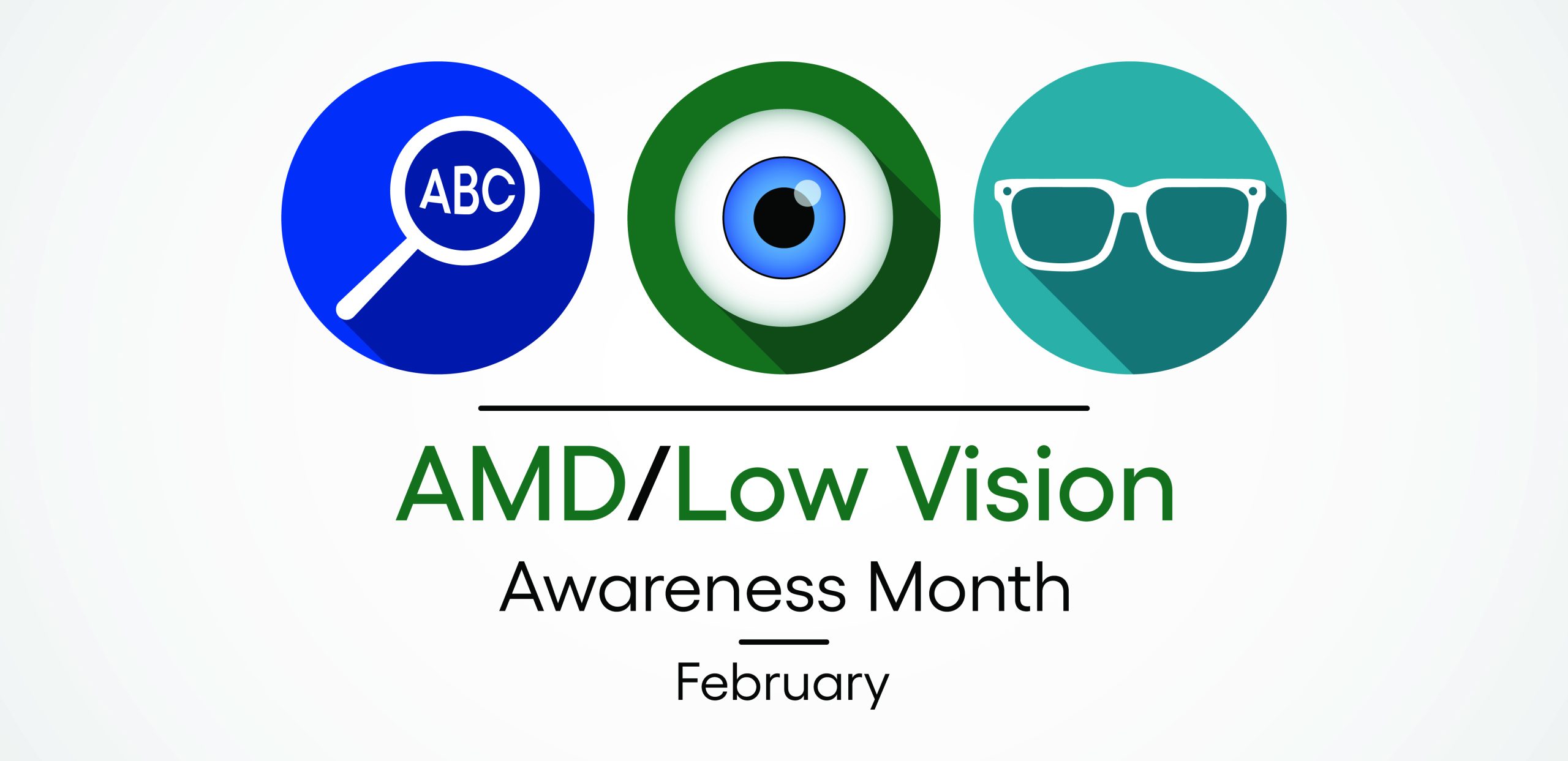 Low vision affects millions of Americans — including many older adults. People with low vision aren’t blind, but because of their vision loss, they may not be able to do everyday tasks like driving or reading even with glasses.
Low vision affects millions of Americans — including many older adults. People with low vision aren’t blind, but because of their vision loss, they may not be able to do everyday tasks like driving or reading even with glasses.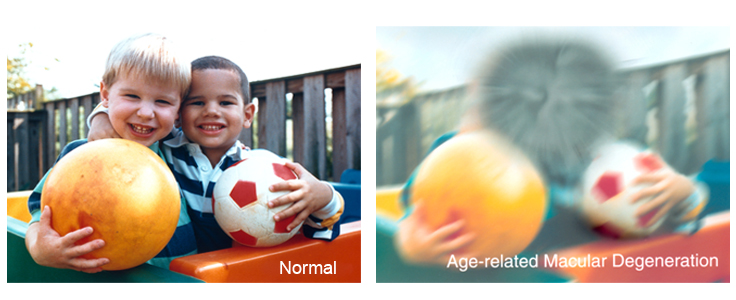


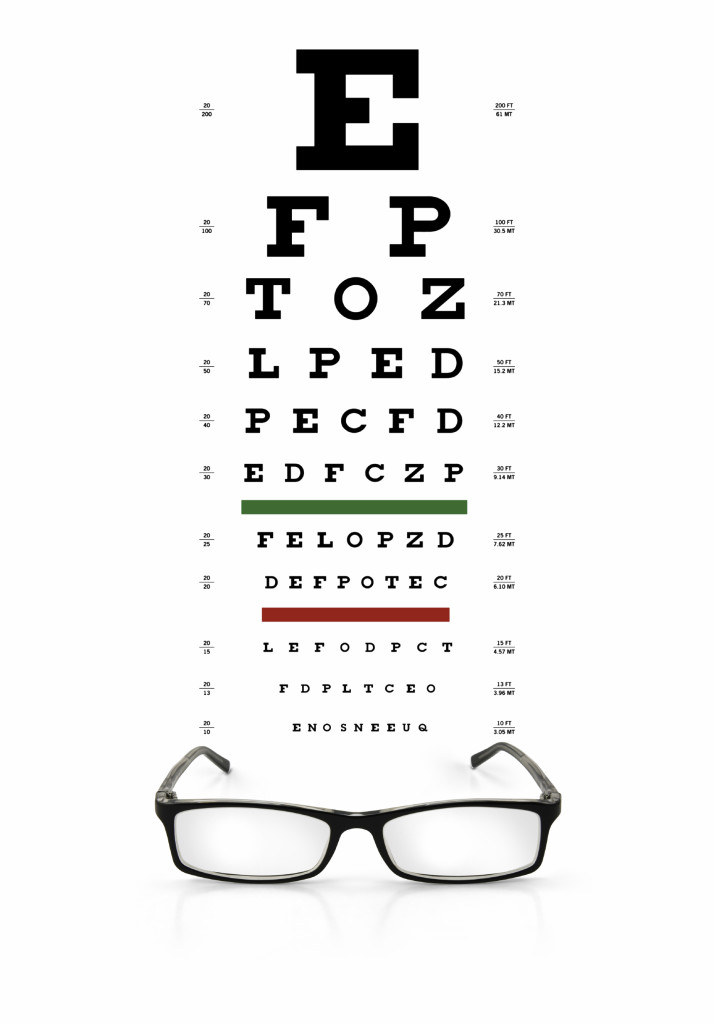 Understanding What 20/20 Vision Means
Understanding What 20/20 Vision Means



 Don’t smoke. Smoking increases your risk for age-related macular degeneration, cataract, and other eye diseases and conditions that can damage the optic nerve.
Don’t smoke. Smoking increases your risk for age-related macular degeneration, cataract, and other eye diseases and conditions that can damage the optic nerve. Wear protective eyewear when outdoors. Protecting your eyes from the sun’s ultraviolet rays when you are outdoors is vital for your eye health. Wearing sunglasses that block 99 to 100 percent of both UV-A and UV-B radiation.
Wear protective eyewear when outdoors. Protecting your eyes from the sun’s ultraviolet rays when you are outdoors is vital for your eye health. Wearing sunglasses that block 99 to 100 percent of both UV-A and UV-B radiation. Know your family history. Talk to your family members about their eye health history. It’s important to know if anyone has been diagnosed with a disease or condition since many are hereditary, such as glaucoma, macular degeneration, and diabetes . This will help determine if you are at higher risk for developing an eye disease or condition.
Know your family history. Talk to your family members about their eye health history. It’s important to know if anyone has been diagnosed with a disease or condition since many are hereditary, such as glaucoma, macular degeneration, and diabetes . This will help determine if you are at higher risk for developing an eye disease or condition. Consider a multivitamin. Vitamins C, E and the mineral zinc have been shown to promote eye health. Vitamins with Lutein and Zeaxanthin have been known to help patients with moderate to severe age-related macular degeneration.
Consider a multivitamin. Vitamins C, E and the mineral zinc have been shown to promote eye health. Vitamins with Lutein and Zeaxanthin have been known to help patients with moderate to severe age-related macular degeneration. Give your eyes a rest. If you spend a lot of time at the computer or focusing at any one distance, you sometimes forget to blink, resulting in dryness and eye fatigue. Every 20 minutes, look away about 20 feet in front of you for 20 seconds. This can help reduce eyestrain. Consider using a lubricant eye drop during long periods of intense eye use and rest your eyes for 5 minutes.
Give your eyes a rest. If you spend a lot of time at the computer or focusing at any one distance, you sometimes forget to blink, resulting in dryness and eye fatigue. Every 20 minutes, look away about 20 feet in front of you for 20 seconds. This can help reduce eyestrain. Consider using a lubricant eye drop during long periods of intense eye use and rest your eyes for 5 minutes.